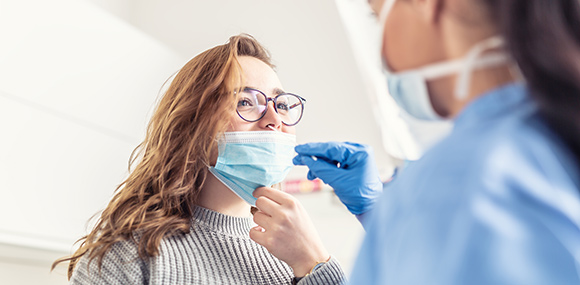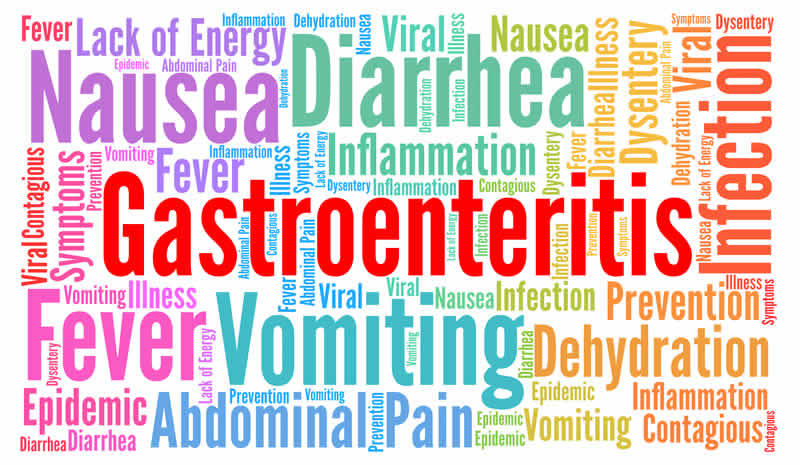
Sunburn treatements at Saveco Health Centre in Larnaca. Our doctros in Larnaca can treat almost all sunburn cases of our patients.
Sunburn — red, painful skin that feels hot to the touch — usually appears within a few hours after too much exposure to ultraviolet (UV) light from sunshine or artificial sources, such as sunlamps.
Intense, repeated sun exposure that results in sunburn increases your risk of other skin damage and certain diseases. These include dry or wrinkled skin, dark spots, rough spots, and skin cancers, such as melanoma. You can usually find sunburn relief with simply home remedies. Sunburn may take several days or longer to fade.
You can prevent sunburn and related conditions by protecting your skin. This is especially important when you're outdoors, even on cool or cloudy days.
Symptoms
Sunburn signs and symptoms include:
- Pinkness or redness
- Skin that feels warm or hot to the touch
- Pain, tenderness and itching
- Swelling
- Small fluid-filled blisters, which may break
- Headache, fever, nausea and fatigue if the sunburn is severe
Any exposed part of your body — including your earlobes, scalp and lips — can burn. Even covered areas can burn if, for example, your clothing has a loose weave that allows ultraviolet (UV) light through. Your eyes, which are extremely sensitive to the sun's UV light, also can burn. Sunburned eyes may feel painful or gritty.
Signs and symptoms of sunburn usually appear within a few hours after sun exposure. But it may take a day or longer to know the full extent of your sunburn.
Within a few days, your body may start to heal itself by "peeling" the top layer of damaged skin. After peeling, your skin may temporarily have an irregular color and pattern. A bad sunburn may take several days or longer to heal.
When to see our doctor in Larnaca
Visit our doctor in Larnaca if the sunburn:
- Is blistering and covers a large portion of your body
- Is accompanied by a high fever, extreme pain, headache, confusion, nausea or chills
- Doesn't improve within a few days
Also contact our medical centrea in Larnaca for medical care if you notice signs or symptoms of an infection. These include:
- Increasing pain and tenderness
- Increasing swelling
- Yellow drainage (pus) from an open blister
- Red streaks leading away from the open blister
Causes
Skin layers and melanin
Sunburns are caused by exposure to too much ultraviolet (UV) light. UV radiation is a wavelength of sunlight in a range too short for the human eye to see. Ultraviolet A (UVA) is the type of solar radiation most associated with skin aging (photoaging). Ultraviolet B (UVB) is associated with sunburn. Exposure to both types of radiation is associated with developing skin cancer. Sunlamps and tanning beds also produce UV light and can cause sunburn.
Melanin is the dark pigment in the outer layer of skin (epidermis) that gives your skin its normal color. When you're exposed to UV light, your body protects itself by accelerating the production of melanin. The extra melanin creates the darker color of a tan.
A suntan is your body's way of blocking the UV rays to prevent sunburn and other skin damage. But the protection only goes so far. The amount of melanin you produce is determined genetically. Many people simply don't produce enough melanin to protect the skin well. Eventually, UV light causes the skin to burn, bringing pain, redness and swelling.
You can get sunburn on cool, hazy or cloudy days. As much as 80 percent of UV rays pass through clouds. Snow, sand, water and other surfaces can reflect UV rays, burning your skin as severely as direct sunlight.
Risk factors
Risk factors for sunburn include:
- Having light skin, blue eyes, and red or blond hair
- Living or vacationing somewhere sunny, warm or at high altitude
- Working outdoors
- Mixing outdoor recreation and drinking alcohol
- Having a history of sunburn
- Regularly exposing unprotected skin to UV light from sunlight or artificial sources, such as tanning beds
- Taking a drug that makes you more likely to burn (photosensitizing medications)
Complications
Intense, repeated sun exposure that results in sunburn increases your risk of other skin damage and certain diseases. These include premature aging of your skin (photoaging) and skin cancer.
Premature aging of your skin
Sun exposure and repeated sunburns accelerate the skin's aging process, making you look older than you are. Skin changes caused by UV light are called photoaging. The results of photoaging include:
- Weakening of connective tissues, which reduces the skin's strength and elasticity
- Deep wrinkles
- Dry, rough skin
- Fine red veins on your cheeks, nose and ears
- Freckles, mostly on your face and shoulders
- Dark or discolored spots (macules) on your face, back of hands, arms, chest and upper back — also called solar lentigines (len-TIJ-ih-neze)
Precancerous skin lesions
Precancerous skin lesions appear as rough, scaly patches in areas that have been damaged by the sun. They may be whitish, pink, tan or brown. They're usually found on the sun-exposed areas of the head, face, neck and hands of light-skinned people. These patches can evolve into skin cancer. They're also called actinic keratoses (ak-TIN-ik ker-uh-TOE-seez) and solar keratoses.
Skin cancer
Excessive sun exposure, even without sunburn, increases your risk of skin cancer, such as melanoma. It can damage the DNA of skin cells. Sunburns in childhood and adolescence may increase your risk of developing melanoma later in life.
Skin cancer develops mainly on areas of the body most exposed to sunlight, including the scalp, face, lips, ears, neck, chest, arms, hands and legs. Skin cancer on the leg is more common in women than in men.
Some types of skin cancer appear as a small growth or a sore that bleeds easily, crusts over, heals and then reopens. With melanoma, an existing mole may change or a new, suspicious-looking mole may develop. A type of melanoma called lentigo maligna develops in areas of long-term sun exposure. It starts as a tan flat spot that slowly darkens and enlarges.
See your doctor if you notice a new skin growth, a bothersome change in your skin, a change in the appearance or texture of a mole, or a sore that doesn't heal.
Eye damage
The sun can also burn your eyes. Too much UV light damages the retina, lens or cornea. Sun damage to the lens can lead to clouding of the lens (cataracts). Sunburned eyes may feel painful or gritty. Sunburn of the cornea is also called snow blindness.
Prevention
Use these methods to prevent sunburn, even on cool, cloudy or hazy days. And be extra careful around water, snow and sand because they reflect the sun's rays. In addition, UV light is more intense at high altitudes.
- Avoid sun exposure between 10 a.m. and 4 p.m. The sun's rays are strongest during these hours, so try to schedule outdoor activities for other times. If you can't do that, limit the length of time you're in the sun. Seek shade when possible.
- Avoid sun tanning and tanning beds. Using tanning beds to obtain a base tan doesn't decrease your risk of sunburn.
- Cover up. When outside, wear a wide-brimmed hat and clothing that covers you, including your arms and legs. Dark colors offer more protection, as do tightly woven fabrics. Consider using outdoor gear specially designed to provide sun protection. Check the label for its ultraviolet protection factor (UPF), which indicates how effectively a fabric blocks damaging sunlight. The higher the number, the better.
- Use sunscreen frequently and generously. Apply water-resistant sunscreen and lip balm with an SPF of 30 or greater and broad-spectrum protection against UVA and UVB rays. About 15 to 30 minutes before going outdoors, apply sunscreen generously on skin that won't be protected by clothing.
- Put on more sunscreen every 40 to 80 minutes, or sooner if it has washed off from swimming or sweating. If you're also using insect repellent, apply the sunscreen first. The Centers for Disease Control and Prevention does not recommend products that combine an insect repellent with a sunscreen.
- The Food and Drug Administration requires all sunscreen to retain its original strength for at least three years. Check the sunscreen labels for directions on storing and expiration dates. Throw sunscreen away if it's expired or more than three years old.
- The American Academy of Pediatrics recommends using other forms of sun protection, such as shade or clothing, for babies and toddlers. Keep them cool and hydrated. You may use sunscreen on babies and toddlers when sun protective clothing and shade aren't available. The best products for them are those that contain physical blockers (titanium oxide, zinc oxide), as they may cause less skin irritation.
- Wear sunglasses when outdoors. Choose sunglasses with UVA and UVB protection. Check the UV rating on the label when buying new glasses. Darker lenses are not necessarily better at blocking UV rays. It also helps to wear sunglasses that fit close to your face and have wraparound frames that block sunlight from all angles.
- Be aware of medications that increase your sensitivity to the sun. Common drugs that make you more sensitive to sunlight include antihistamines, ibuprofen, certain antibiotics, antidepressants, antipsychotics and some cholesterol-lowering drugs. Talk with your pharmacist about your medication side effects.
For any sunburn issues or treatments do not hesitate to contact our Larnaca clinic at 00357 24209777.









